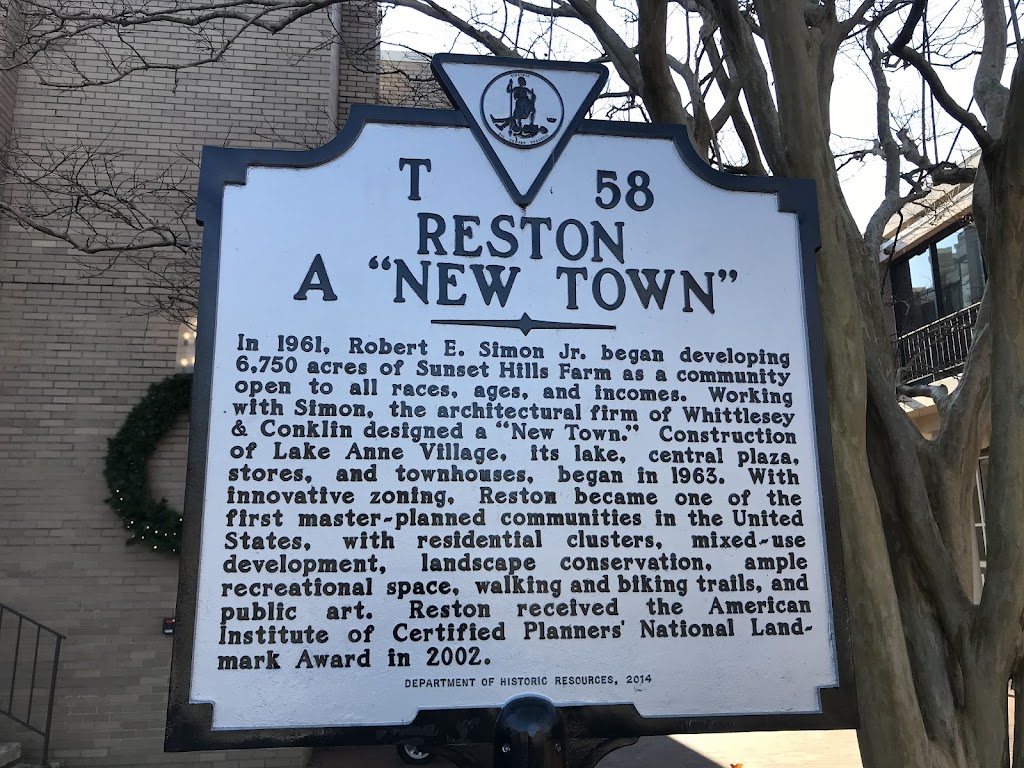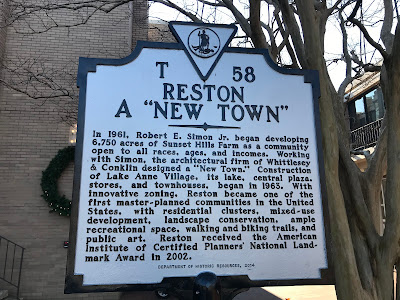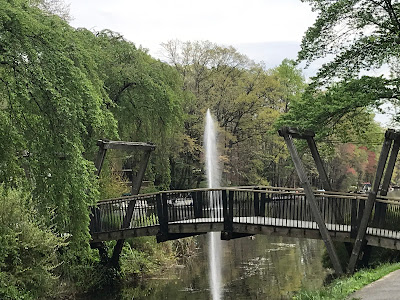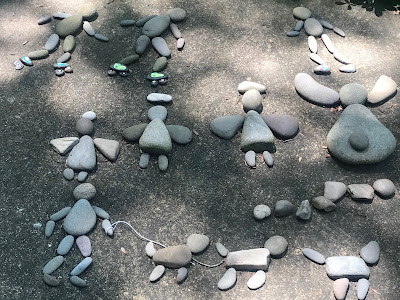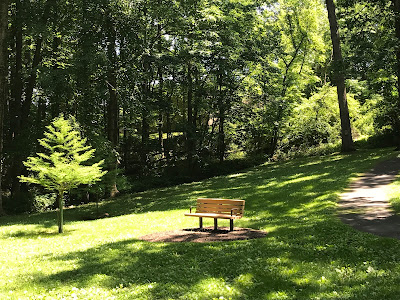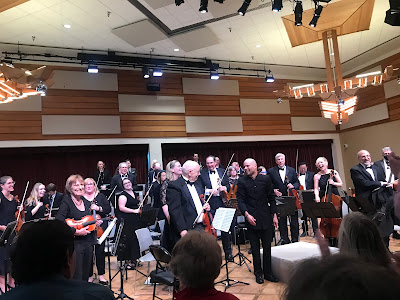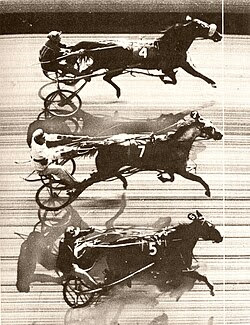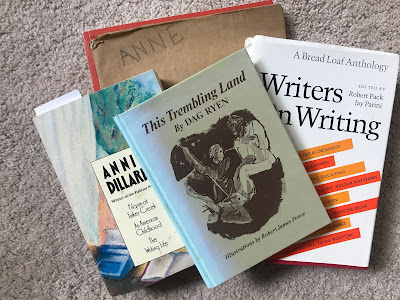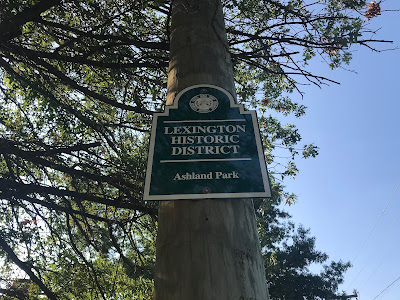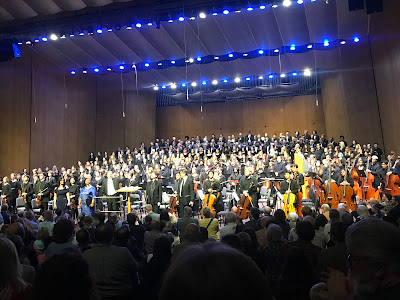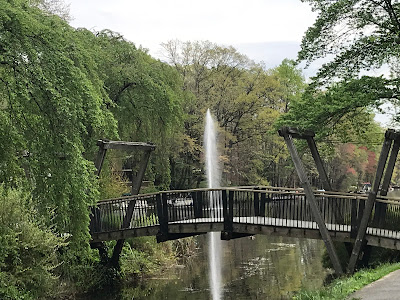Protecting Place
As I’m drawn further into the life of a town where I don’t officially live, I think about what I owe Reston. Though I can’t swim in its pools or kayak on its lakes, I do walk its trails and enjoy its ambiance without paying its fees.
As I figure out how to do this, I think about what people owe place, the responsibilities that come with residency. It’s a topic I ponder often, this idea of stewardship, of protecting what is priceless. What can be more precious than hearth, home and habitat? And what can be more natural than wanting to protect them?
